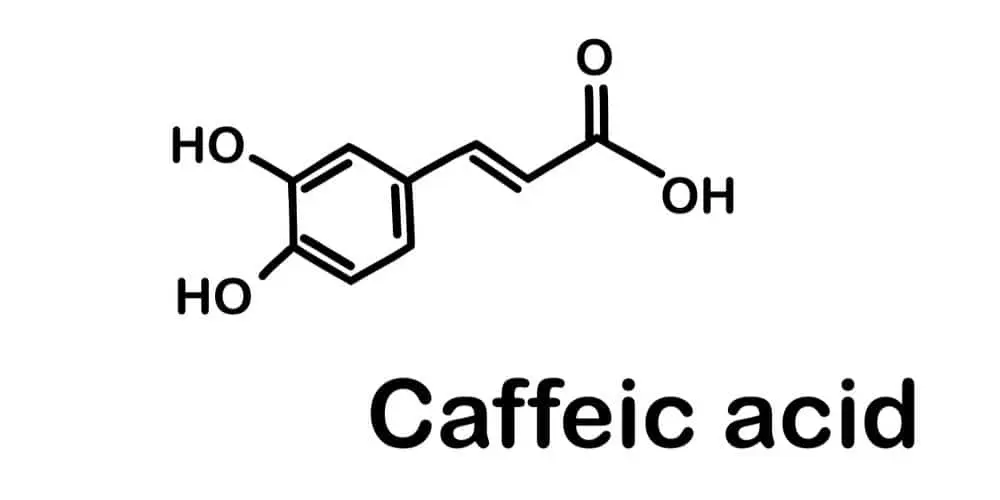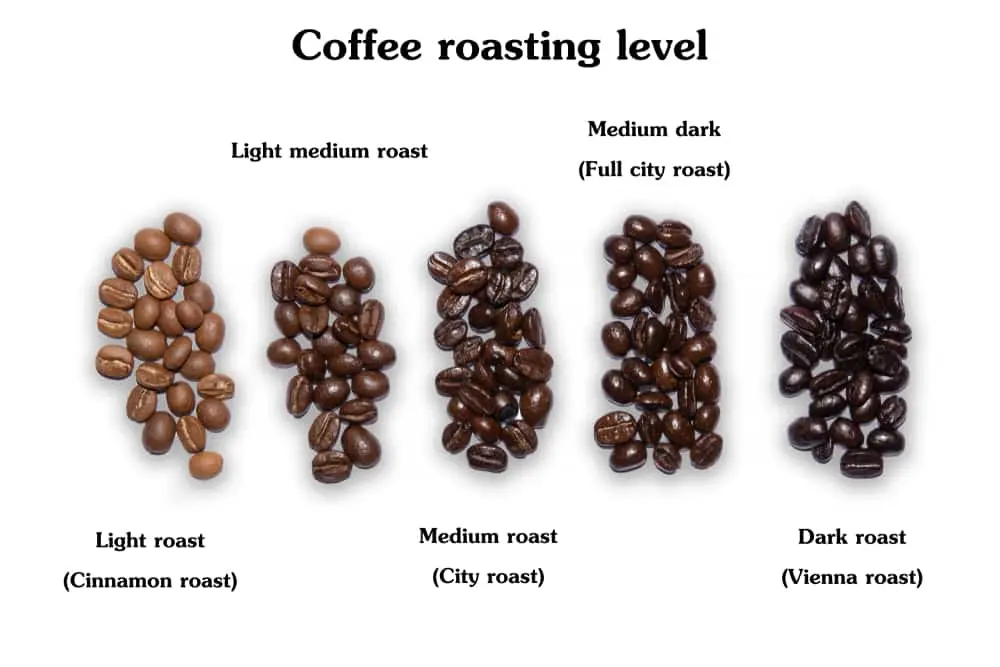Do you love the rich and complex flavors of coffee, but find that its acidity can sometimes cause discomfort or disrupt your digestion? As a coffee lover, you may have experienced the tangy, sour, or sharp taste that comes with high-acid coffee, which can be a deal-breaker for some. But fear not! Understanding and managing coffee acidity is within your grasp, and this comprehensive guide is here to help.
In this article, we will delve into the world of coffee acidity, exploring its impact on taste and digestion, the factors that affect acidity in coffee, and practical methods for reducing acid in your brew. Whether you’re a seasoned home barista or a coffee enthusiast looking to enjoy a smoother cup, this guide has got you covered.
But why should you care about acidity in coffee? Well, acidity is a crucial element of coffee flavor profile, contributing to the brightness, vibrancy, and complexity of the brew. However, too much acidity can be overwhelming or even cause discomfort, especially for those with sensitive stomachs or acid reflux issues. That’s why understanding and managing coffee acidity is essential for a more enjoyable coffee experience.
Throughout this comprehensive guide, we will delve into various aspects of coffee acidity, including the different types of acidity, the factors that affect acidity in coffee, and practical methods for reducing acid in your coffee. We will also provide tips on coffee bean selection, roasting techniques, brewing methods, water quality, and post-brewing techniques to help you achieve a more balanced and less acidic cup of coffee.
So, grab your favorite mug, get ready to brew, and let’s explore the world of coffee acidity together. Whether you prefer a bold, low-acid brew or a bright, tangy cup, this guide will equip you with the knowledge and techniques to customize your coffee to suit your taste preferences and digestive needs. Let’s dive in!
Understanding Coffee Acidity
Coffee acidity refers to the perceived brightness, vibrancy, and tanginess of the brew. It is a desirable quality in coffee, as it contributes to its complex and multidimensional flavor profile. However, acidity in coffee can also be a double-edged sword, as too much acidity can result in a sour or sharp taste that may be unpleasant for some coffee drinkers, particularly those with sensitive palates or digestive issues.
There are two main types of acidity in coffee: natural acidity and perceived acidity. Natural acidity comes from the organic acids that are present in coffee beans, such as malic acid, citric acid, and tartaric acid. These acids are inherent in coffee beans and are developed during the growing and processing stages. Perceived acidity, on the other hand, is the subjective sensation of acidity that is perceived by the taste buds on the tongue when we drink coffee. It is influenced by factors such as the coffee’s pH level, brewing method, and roast level, as well as an individual’s taste sensitivity.
The acidity in coffee is measured on a scale of low to high, with low-acid coffee having a pH level closer to 7 and high-acid coffee having a pH level closer to 5. The higher the acidity, the brighter and tangier the coffee will taste. Coffees from different regions and with different processing methods can exhibit varying levels of acidity. For example, coffees from regions like Kenya and Ethiopia are known for their bright and high-acid profile, while coffees from Brazil and Sumatra tend to be lower in acidity, with a more mellow and balanced flavor.
It’s important to note that acidity in coffee is not the same as acidity in terms of pH level. While coffee is considered acidic based on its pH level, it does not necessarily have an acidic effect on the body once consumed. In fact, the acid in coffee is often neutralized by the saliva in our mouth and the stomach acid in our digestive system. However, some individuals with sensitive stomachs or acid reflux issues may still experience discomfort with high-acid coffee.

Understanding the types and levels of acidity in coffee is essential for selecting beans and brewing methods that suit your taste preferences. If you enjoy a brighter and tangier cup, you may opt for higher-acid coffees or brewing methods that accentuate acidity, such as pour-over or Aeropress. On the other hand, if you prefer a smoother and milder cup, you may choose lower-acid coffees or brewing methods that reduce acidity, such as cold brewing or using a French press.
In the next sections of this comprehensive guide, we will explore the factors that affect acidity in coffee and practical methods for reducing acid in your brew. So, if you’re looking to customize your coffee’s acidity to suit your taste preferences, keep reading for expert tips and techniques.
Factors Affecting Coffee Acidity
Several factors can impact the acidity of coffee, including the origin of the beans, the roast level, the brewing method, and the water used. Understanding these factors can help you make informed choices to adjust the acidity of your coffee to suit your taste preferences.
Origin of Beans
The region where the coffee beans are grown can significantly affect the acidity of the coffee. Coffees from high-altitude regions, such as Ethiopia and Kenya, tend to have higher acidity due to slower maturation of the beans and the development of complex flavors. On the other hand, coffees from low-altitude regions, such as Brazil and Sumatra, tend to have lower acidity and a more mellow flavor profile.
Roast Level
The roast level of the coffee beans can also impact the acidity of the final brew. Lighter roasts generally retain more of the natural acidity of the beans, resulting in a brighter and tangier cup. Medium and dark roasts, on the other hand, tend to have a lower acidity level and a more balanced flavor profile with richer, caramelized notes.

Brewing Method
The brewing method used can also affect the acidity of the coffee. Brewing methods that allow for longer contact time between water and coffee grounds, such as cold brewing or a French press, tend to extract more of the natural acids from the beans, resulting in a higher-acid brew. On the other hand, brewing methods with shorter contact time, such as espresso or a pour-over, may yield a less acidic cup.
Water Quality
The quality of water used in brewing coffee can also impact its acidity. Hard water, which has a high mineral content, can result in a more alkaline brew, neutralizing the acidity of the coffee. On the other hand, soft water, which has a low mineral content, can lead to a more acidic brew. Experimenting with different types of water, such as filtered or bottled water, can help you adjust the acidity of your coffee to your liking.
Coffee Bean Varieties
Different coffee bean varieties can also contribute to varying levels of acidity in coffee. Arabica beans, which are known for their higher quality and more nuanced flavors, tend to have higher acidity compared to Robusta beans, which are more bitter and less acidic. Experimenting with different bean varieties can allow you to customize the acidity of your brew.
Methods for Reducing Acid in Coffee
If you find that your coffee is too acidic for your taste, there are several methods you can try to reduce the acidity and create a smoother, more mellow cup of coffee. Here are some effective techniques to consider:
- Use Low-Acid Coffee Beans: Opting for coffee beans that are naturally low in acidity can be a simple yet effective way to reduce the acidity in your coffee. Look for coffee beans with lower acidity profiles, such as beans from Brazil, Sumatra, or Indonesia, which tend to be less acidic compared to beans from Ethiopia or Kenya.
- Choose Darker Roasts: Darker roasted coffee beans generally have lower acidity compared to lighter roasts. The longer roasting process caramelizes the natural acids in the beans, resulting in a less acidic cup of coffee. Consider trying medium or dark roasted beans to achieve a smoother, less tangy flavor profile.
- Cold Brewing: Cold brewing is a popular method that can result in a lower-acid coffee. The slow extraction process of cold brewing produces a smoother and less acidic cup of coffee with reduced acidity levels. You can easily make cold brew at home using a cold brew coffee maker or by steeping coffee grounds in cold water for an extended period of time.
- Use a Coffee Blend: Some coffee blends are specifically formulated to have a lower acidity level. Look for coffee blends that are marketed as “low-acid” or “mellow,” as they are often crafted to produce a smoother cup with reduced acidity.
- Add Milk or Cream: Adding milk or cream to your coffee can help reduce acidity and create a creamier, smoother taste. The proteins and fats in milk can neutralize the acidity in coffee, resulting in a milder flavor profile. Experiment with different types of milk, such as whole milk or cream, to find the right balance for your taste preferences.
- Try Coffee Additives: There are various coffee additives available on the market that are designed to reduce acidity in coffee. These additives are typically made from alkaline substances, such as calcium carbonate or potassium carbonate, that can neutralize the acidity in coffee. Follow the manufacturer’s instructions for usage and dosage to ensure proper results.
- Experiment with Water: As mentioned earlier, the quality of water used in brewing coffee can impact its acidity. Trying different types of water, such as filtered or bottled water, can potentially reduce the acidity of your coffee. Consider experimenting with different water sources to find the right one that yields a less acidic cup of coffee.
Remember to experiment with different methods and techniques to find the one that best suits your taste preferences. It’s important to note that reducing acidity in coffee may also alter other flavor characteristics, so it’s a matter of personal preference. Don’t be afraid to try different approaches until you find the perfect balance for your taste buds.
Ever wondered about the source of acidity in coffee and how to minimize it? This informative video provides insights on the origins of coffee acidity and practical tips on how to lower acidity, both pre and post brewing.
Additional Tips and Resources (Optional)
Experiment with different brewing methods: Apart from the methods mentioned in this guide, you can also experiment with other brewing methods, such as French press, pour-over, or AeroPress, to find the one that yields a less acidic cup of coffee.
Consider using coffee additives: Some coffee additives, such as coffee creamers or alkaline water, can help reduce the acidity in coffee. However, be cautious with additives as they can affect the overall flavor and quality of your coffee.
Store coffee beans properly: Storing coffee beans in a cool, dark, and airtight container can help preserve their freshness and reduce their acidity over time.
Educate yourself about coffee origins: Different coffee origins can have varying levels of acidity. Learning about the coffee regions, processing methods, and flavor profiles can help you make informed choices when selecting coffee beans with lower acidity.
Consult with a professional barista: If you’re still struggling with acidity in your coffee, consider seeking advice from a professional barista. They can provide personalized recommendations based on your taste preferences and brewing setup.
Further resources: There are numerous online resources, books, and articles available that delve deeper into the science of coffee acidity, brewing techniques, and flavor profiles. Some reputable sources include specialty coffee websites, coffee books by experts, and scientific research articles on coffee chemistry.
Conclusion
Reducing acidity in coffee is a common concern for many coffee lovers who prefer a milder flavor profile. While coffee acidity can be influenced by various factors, such as the origin of coffee beans, the roasting level, brewing methods, and water quality, there are several effective methods that can help in achieving a less acidic cup of coffee.
From opting for low-acid coffee beans and darker roasts to trying cold brewing, using coffee blends, adding milk or cream, experimenting with coffee additives, and playing with different water sources, there are plenty of options to explore. However, it’s important to remember that reducing acidity in coffee may also alter other flavor characteristics, and it ultimately boils down to personal preference.
As a coffee lover, don’t be afraid to experiment with different techniques and find the method that best suits your taste buds. Keep in mind that the quality of coffee beans, brewing equipment, water, and other factors also play a significant role in the overall taste of your coffee.
We hope this comprehensive guide has provided you with valuable insights on how to reduce acidity in coffee and create a smoother, more enjoyable cup of coffee. Remember to taste, adjust, and enjoy the process of discovering the perfect balance for your coffee preferences. Cheers to delicious, low-acid coffee!
A. I. Moon
A.I. Moon, an experienced SEO Pythonista, spends his days coding and developing web applications to help business owners. A passionate coffee enthusiast, he believes that drinking coffee fuels his creativity and productivity. His day isn't complete without the rich aroma and invigorating warmth of a perfectly brewed cup. This love for coffee inspired him to found EspressoRivo, a platform dedicated to sharing his coffee knowledge and fostering a community of passionate aficionados.






